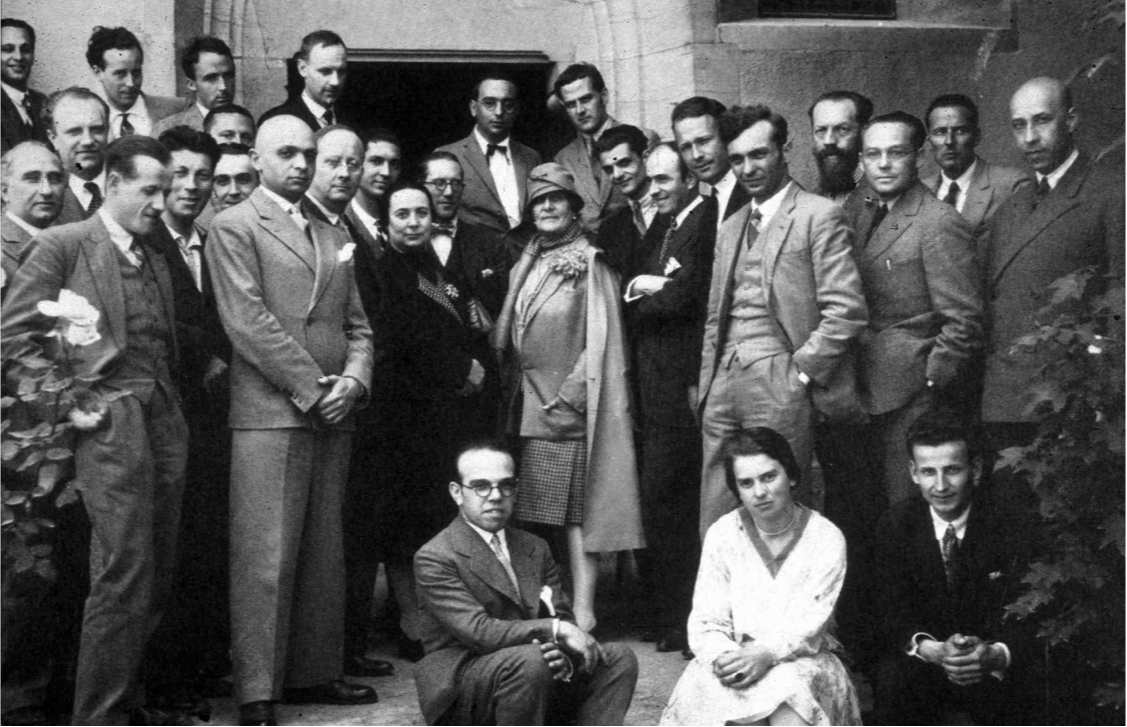The CIAM group (International Congress for Modern Architecture), formed in 1928, had a big role in the development of modern cities. Many of its members saw architecture and urbanism as the tools that combined with politics and economy were able to produce the enormous social change that was needed. Some of its leaders were Le Corbusier, Siegfried Giedion, Waler Gropius, Alvar Aalto, and Cornelius Von Eesteren, Jose Lluis Sert and others. They created new theories, guidelines, examples for architecture and cities, which later became highly influential.
CIAM held their fourth and most famous congress called “The Functional City” in 1933 on a ship traveling from Marseilles to Athens and back. The delegates presented studies of 33 cities on 4 topics: living, working, recreation and circulation, which were exhibited in Athens. In 1943 Le Corbusier published the Charter of Athens book, as his edited version of the original research of the congress.
The CIAM theories influenced the expansions of many cities and the creation of new habitats after WW2. According to them, cities had to be strictly divided into areas according to their function: residential, cultural, administrative, government, universities, heavy and light industry, and transportation. All dwellings, located mostly in high-rise buildings, required proper solar exposure, access to nature, ventilation, comfort and hygiene. They had to be protected from main roads and industrial areas with parks and sports facilities. Residential areas were separated from but conveniently connected with the areas for work. The streets had to follow a specific hierarchy according to the type of transportation and speed they were designated for.
The CIAM theories were debated widely both in academia and the profession. Urbanism entered architectural schools and was institutionalized officially when Josep Lluis Sert, a former collaborator of Le Corbusier, founded the first ever urbanism program at Harvard University GSD in the 1950s, combining architecture, planning, landscape and urban design. He published the book “Can our Cities Survive?” in 1942, based on the observations of the CIAM congress in Athens. Many other projects, books and debates followed for and against their ideas.
If you would like to learn more about modern architecture and cities, you can enroll in some of our online courses and programs at Build Academy.

